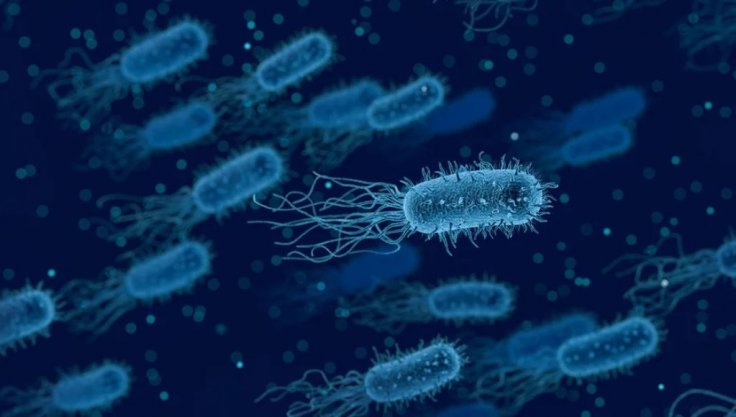Some bacteria move up to 1 500 times per second allowing them to travel 10 times their body length in a second

Some Bacteria Can Move 1,500 Times Per Second - What Makes Them So Fast?

Bacteria are an incredibly diverse group of microorganisms that play various roles in the environment, including assisting in digestion, producing vitamins, and even causing diseases. While they may be microscopic in size, they possess remarkable abilities, such as their ability to move. Did you know that some bacteria can move up to 1,500 times per second? This astonishing fact allows them to travel a distance that is ten times their body length in just a single second.
To fully comprehend the astonishing speed of bacterial movement, it is crucial to understand how these tiny organisms accomplish this feat. Bacteria possess whip-like structures called flagella, which are responsible for locomotion. These flagella act as molecular propellers that allow bacteria to swim and explore their surroundings.

The ability to move rapidly is advantageous for bacteria, providing them with a competitive edge in their quest for survival. By swiftly maneuvering through fluid environments, bacteria can locate food sources, escape from predators, and find optimal conditions for growth and reproduction.
The secret behind bacteria’s exceptional speed lies in the way their flagella function. These whip-like structures are driven by a motor embedded in the bacterial cell wall. The motor rotates the flagella, generating propulsive force that propels the bacteria forward. Amazingly, this rotation can reach speeds of up to 1,500 times per second, allowing bacteria to cover vast distances in minimal time.
The speed at which bacteria can move is not only a fascinating biological phenomenon but also holds important implications in various fields, including medicine and environmental studies. Understanding bacterial locomotion can aid in the development of more efficient methods for combating bacterial infections. By comprehending how bacteria move and navigate, scientists can design strategies to hinder their movement, preventing their spread and limiting the damage caused by infections.
Additionally, bacteria’s exceptional propulsion abilities have provided inspiration for engineers and scientists developing agile micro-robots. By mimicking bacteria’s efficient propulsion mechanisms, these micro-robots can navigate through complex environments, delivering targeted medications, performing delicate surgical procedures, and exploring areas that are difficult for humans to access.
In conclusion, bacteria’s ability to move up to 1,500 times per second is nothing short of extraordinary. Their remarkable flagella-driven locomotion allows them to swiftly traverse their surroundings. This outstanding speed gives bacteria a significant advantage in their competition for resources and survival. By studying the mechanisms behind bacterial movement, we can unlock valuable knowledge that may revolutionize various fields. From the fight against bacterial infections to the development of cutting-edge micro-robotics, the understanding of bacterial locomotion opens up a myriad of possibilities for scientific advancements.
Source: The Guardian - Science
Tags
Share
Related Posts
Quick Links
Legal Stuff

